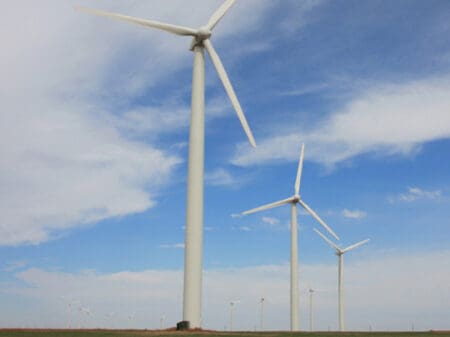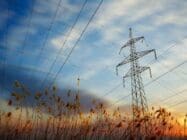
Minneapolis-headquartered Xcel Energy is to deploy Nokia’s private LTE network communication technologies to support its drive to net zero by 2050.
The initiative, part of Xcel Energy’s grid modernisation across its eight-state service area, is aimed to provide secure and reliable data connectivity and new levels of automation as the company introduces a growing mix of renewable power sources and aims to optimise the delivery of electricity to its 3.7 million customers.
Nokia will design and integrate the network leveraging Xcel Energy’s choice of Anterix 900MHz spectrum based on the Nokia Modular Private Wireless (MPW) solution combined with its Operational Support Systems (OSS).
The solution will leverage Xcel Energy’s existing Nokia IP/MPLS infrastructure.
Have you read?
Recording: Private LTE/5G RAN solution design for power utilities
Webinar recording: The cellular (r)evolution accelerating smart metering: LPWAN, 5G and eSIM
Commenting, Tim Peterson, SVP and Chief Technology Officer at Xcel Energy, said the company knows its customers rely on the delivery of clean, affordable and reliable energy.
“As the first major US power provider to announce a plan to deliver 100% carbon-free electricity to customers by 2050, the Nokia private LTE network will support us on our journey, allowing us to leverage better field communications and greater intelligence across the grid for optimised and sustainable operations.”
Private LTE networks are proving increasingly popular for utility automation use cases and the smartening of the grid, in particular as more and more intelligence is being deployed at the edge and applications become more data-intensive and latency-sensitive.
Private LTE also opens the way for 5G migration.
With the private LTE network, Xcel Energy should be able to connect assets using industrial IoT sensors at remote locations and seamlessly incorporate renewable energy sources, such as wind and solar, into the energy distribution grid.
With the new levels of grid automation, the company should be able for example to isolate and respond to outages more rapidly for more reliable, efficient operations and sustainable asset utilisation.
Xcel Energy serves approximately 3.7 million electricity customers in Colorado, Michigan, Minnesota, New Mexico, North and South Dakota, Texas and Wisconsin.








